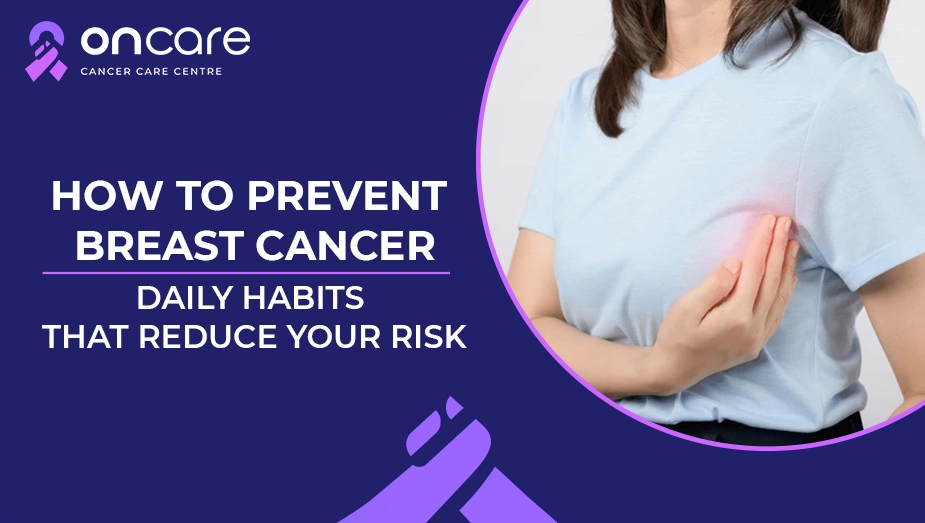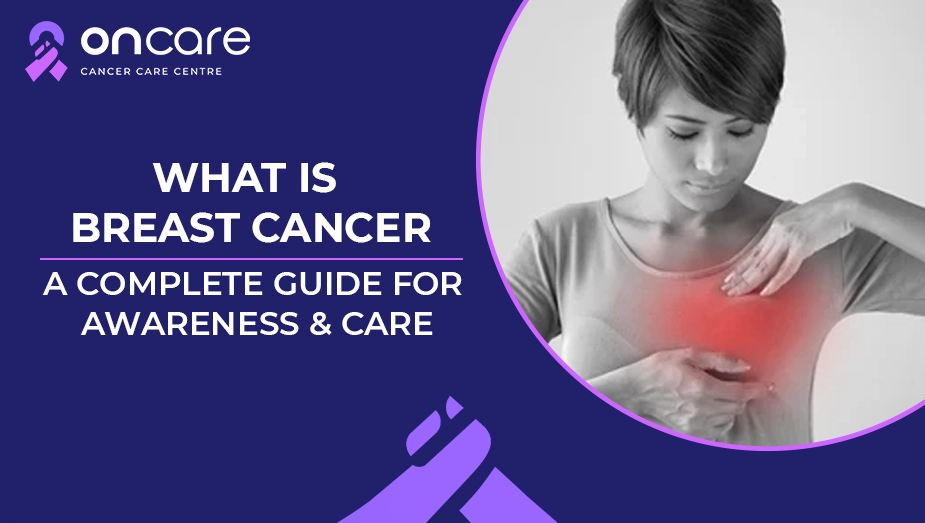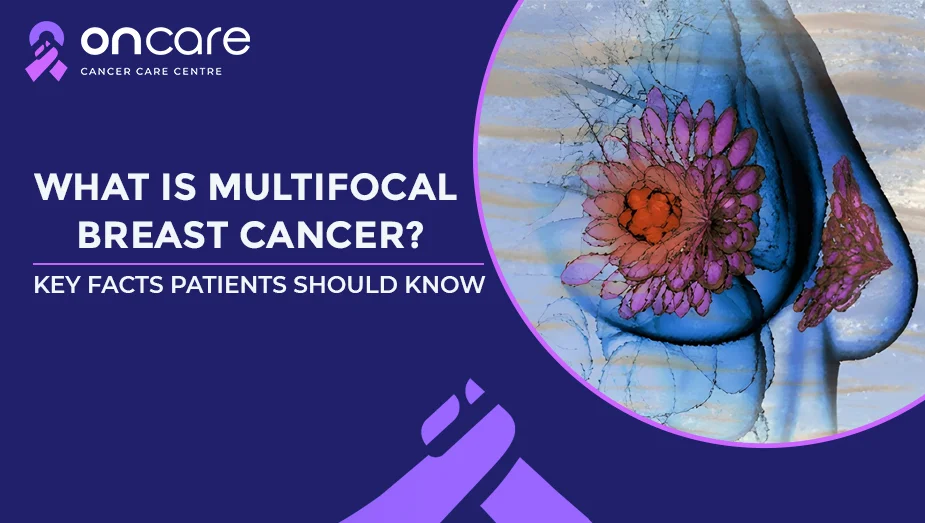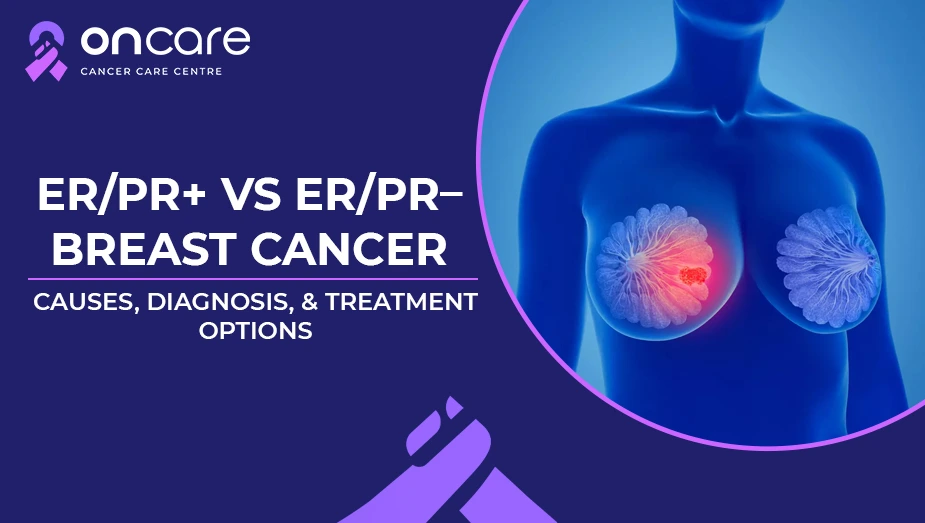Table of Contents
Breast Cancer in Teens: How Rare Is It?

Breast cancer is one of the most common cancers in women. It’s quite natural for teenagers to feel anxious and worry when some changes are happening to their breasts. Whether you are feeling a lump or changing the size or shape of the breasts, the fear of cancer can take over the teens easily. But here’s the truth: breast cancer in teens is exceptionally rare!
In this blog, we’ll discover more about why breast changes in adolescence, what symptoms teens should pay attention to, and how they can practice healthy breast awareness without anxiety!
How Rare is Breast Cancer in Teens
Breast cancer is one of the least common cancers in women under the age of 20. The risk is generally that many cancers report almost no cases in each year. When these types of cases appear, they are usually linked to very rare genetic conditions or have unusual syndromes, which is not a typical teen development.
In a more simpler terms:
- Breast cancer in teens less than 0.1% of all breast cancers occurs in people under the age of 20.
- The majority of cancer diagnosis in breasts occurs in adults over 50
- Among people in their 20s, these cancer remains uncommon
Teen breast tissue is highly active and developing rapidly, which can lead to many benign (noncancerous) changes that might feel quite concerning but are normal. Breast cancer is so rare at this age, doctors might usually consider many other reasons before finalizing it as cancer.
Why do Teens notice so many breast changes
According to medical science, women’s adolescence is a time for tremendous hormonal fluctuation. These hormones might include estrogen, progesterone, and other hormone surges as puberty progresses and causes breast tissue to grow, stretch, and mature. It is a natural development that leads to a wide range of sensations and changes.
These may include:
Hormonal lumps and Fibroadenomas
This is most common among teens, which is a small, rubbery, movable lump known as a fibroadenoma. These are benign growths caused by several hormonal activities and especially common in teenagers and young adults.
They often:
- These lumps often feel smooth and round in size
- Moves easily when you touch it
- It won’t cause any pain
- These lumps will same size or slowly shrink over time
These fibroadenomas are harmless in nature but, because they feel like lumps, often cause anxiety and worry in teens. In most cases, teenagers can usually identify them through an exam or ultrasound.
Breast pain or Tenderness
In some cases, teen breasts might start to feel sore or tender, especially:
- Before the menstrual period
- During the growth phase in teens
- After performing physical activity or impact
- Wearing an ill-fitting bra most of the time
This type of discomfort is often known as mastalgia, which is typically linked to hormonal fluctuation and rarely considered as a sign of something serious.
Uneven or Asymmetrical Breasts
It’s extremely normal for one breast to grow faster than the other. In fact, in most adults, even fully developed breasts might have some degree of asymmetry; it's completely normal. In adolescence, this difference can be more noticeable and might raise concerns, but it's a normal part of development.
Cysts and swellings
In some cases, fluid filled cysts can form in the breast tissue due to hormonal changes. These cysts can feel firm, soft, or tender and can often fluctuate with the menstrual cycle. While most of these cysts can be benign and temporary.
Infection or Irritation
Teens occasionally experience breast infections such as mastitis, especially after irritation or skin issues. These might cause redness, swelling, or pain, but they are not related to cancer.
Why breast cancer is so uncommon in Teens
There are several biological reasons why breast cancer is rare in young people, including:
Breast cells are in a developing stage
Teen breast tissues are rapidly growing and constantly repairing themselves. Cancer typically develops in women when cells undergo repeated cycles of damage over long periods of time. Something that might take some decades to develop.
Lack of any long-term exposure to risk factors
Many breast cancer risks in adults may include long-term exposure to hormones, environmental factors and lifestyle influences, accumulated over many years. Teens simply haven't lived long enough for these risks to develop in them.
Genetics might play a big role in most teens
A rare genetic condition like BRCA mutations can increase the cancer risk. These are quite uncommon in teenagers and usually come with a strong family history. In families with a genetic predisposition, cancer during adolescence remains extremely rare.
When should you consult a doctor?
Breast cancer is unlikely to develop in teenagers, but it's still important for teens to pay attention to their bodies and speak with a healthcare practitioner if something doesn’t feel right.
Consider visiting a doctor, including:
- Feeling a lump that stays the same size or grows over several weeks
- A lump that feels very warm, fixed, or irregularly shaped
- There is constant or worsening pain in one area.
- Noticing nipple discharge unrelated to pregnancy or irritation
- When breast skin appears dimpled, puckered, red, or scaly
If you or any loved ones of yours are experiencing any kinds of breast changes, they may unexpectedly change shape or look significantly different over time.
In most cases, these signs can turn out to be related to harmless issues. Meanwhile a doctor’s timely evaluation brings clarity and reassurance.
What causes breast changes in Teens, if not Cancer?
Here are the most common non-cancerous causes of breast cancer symptoms due to adolescence, including:
- Hormonal fluctuations during puberty phase
- Fibroadenomas, the most common benign lumps develops in young people
- Cysts caused by fluid buildup
- Some infections or clogged ducts
- Breast injuries which can lead to temporary lumps in the breasts
- Rapid growth phase that stretch tissue that cause discomfort in teens
Meanwhile understanding these common causes can help anxiety when any of these changes arise in teenagers.
How teens can support breast health
Usually breast cancer prevention is not a major concern at this stage, meanwhile building healthy habits early can support overall wellness.
Here’s what you can do to prevent cancer, including:
- Wear supportive, properly fitted bras.
- Avoid the consumption of caffeine if your breast starts to feel sensitive.
- Maintain a healthy, balanced diet
- Stay active
- Avoid smoking cigarettes or vaping.
- Practice general health awareness
Consult Today
Breast cancer is the most common type of cancer in women, but this cancer is one of the rarest health concerns in teens. Most changes happening in teens during adolescence are simply part of normal growth and generally influenced by hormones, genetics, and physical development. It’s important to take your breast health seriously. Make sure to check in with a doctor if something doesn’t feel right.
At Oncare, we offer premium-quality cancer treatments, including advanced cancer surgeries, at an affordable price range with an experienced cancer specialist consultation.
If you or any loved ones of yours are diagnosed with cancer, then visit Oncare Cancer Center and book an appointment with our experienced cancer specialist today. Get an estimated cost of your cancer treatments today!
Frequently Asked Questions
Ans: Here’s what causes breast cancer in women, including:
- Age above 55 or older
- Gender: women are more likely to develop this cancer
- Family history of breast cancer
- Smoking habits
- Drinking alcohol
- Obesity
- Radiation exposure
- Hormone replacement therapy
Ans: Here are the treatment options for breast cancer, including:
- Mastectomy
- Lumpectomy
- Breast reconstruction
- Chemotherapy
- Radiation therapy
- Hormone therapy
- Targeted therapy
Ans: Here is how healthcare provider diagnosed breast cancer, including:
- Breast ultrasound
- Breast magnetic resonance imaging (MRI)
- Breast Biopsy
- Immunohistochemistry test
- Genetic tests
Book an Appointment
Related Blogs

How to Prevent Breast Cancer: Daily Habits That Reduce Your Risk
How to Prevent Breast Cancer: Prevention & Healthy Habits for Women

What is Breast Cancer: A Complete Guide for Awareness and Care
Learn what breast cancer is, how it starts, early signs, causes, and diagnosis methods. Understand symptoms and risk factors to support early detection and awareness.

What is Multifocal Breast Cancer? Key Facts Patients Should Know
Discover more about multifocal breast cancer and some of the key facts about its diagnosis, treatment options, common treatment side effects and outlook and prognosis!

ER/PR+ vs ER/PR– Breast Cancer: Causes, Diagnosis, and Treatment Options
Discover more about ER/PR+ vs. ER/PR– breast cancer, why these types of cancers matter in cancer diagnosis and its treatments, and why hormone receptors matter!

Hina Khan’s Breast Cancer Journey: Courage, Awareness, and Recovery
Explore more about Hina Khan’s breast cancer journey and how she reacted to the diagnosis, her immediate response to the diagnosis, and her treatment experiences!

